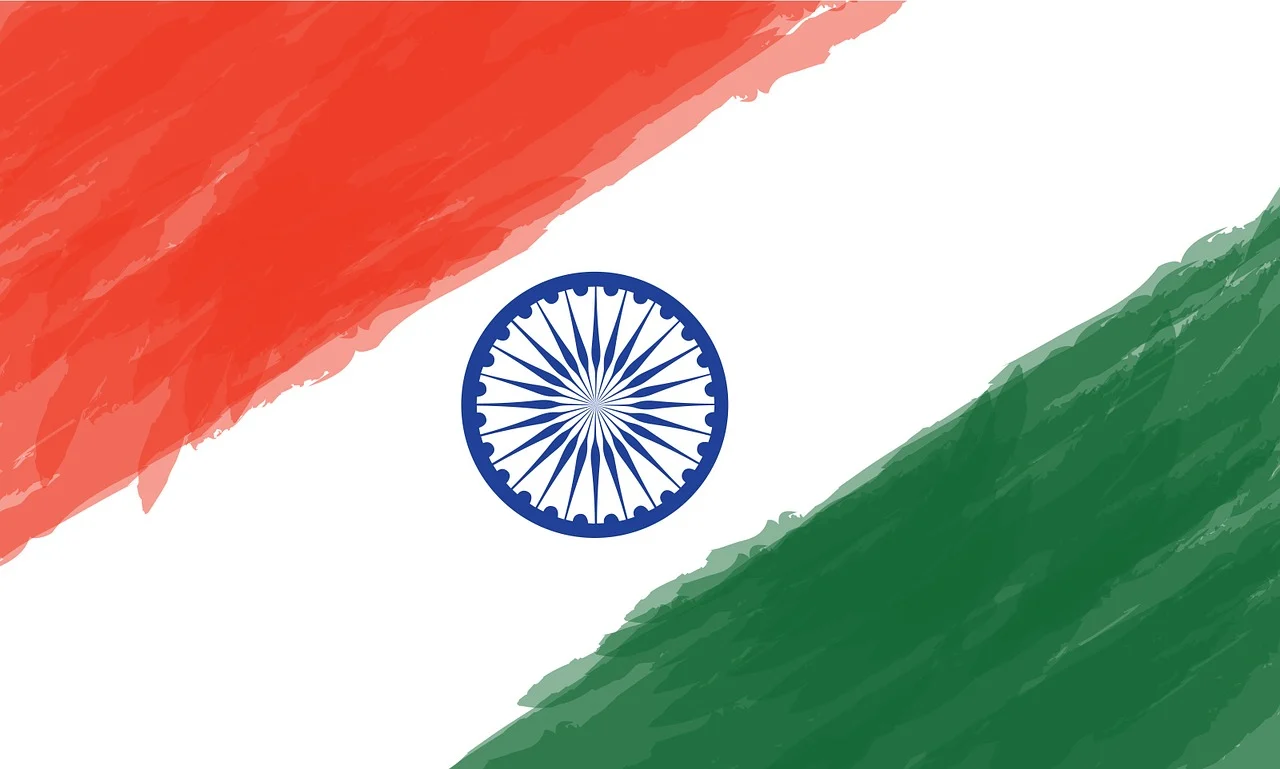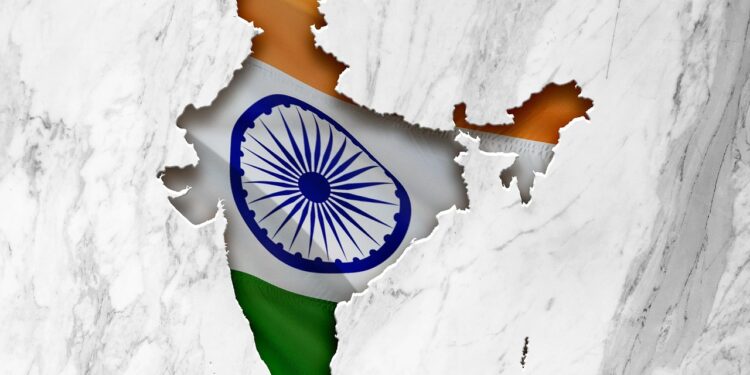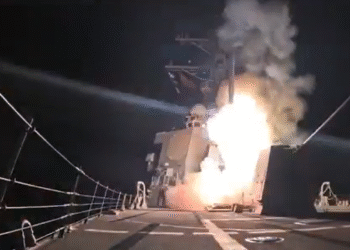The upcoming resumption of direct flights between India and China, ending a four-year diplomatic deep freeze imposed after the bloody Galwan Valley clash in 2020, is not merely a logistical update; it’s a profound, if fragile, surrender to economic pragmatism.
The signal sent by the Indian Foreign Ministry and the swift action by IndiGo to restart the Kolkata-Guangzhou route from October 26th is a crucial crack in the hardened shell of India-China relations. This pivot acknowledges a simple, undeniable truth: neither Beijing nor Delhi can afford to completely decouple from their massive bilateral trade and interconnected economies.
This move is a calculated risk and an attempt to insulate burgeoning commercial exchange from the perennial tensions of the disputed Himalayan border (the Line of Actual Control or LAC). By prioritizing people-to-people contact and bilateral exchanges, both nations are tacitly agreeing to group their conflicts.
The fact that this step follows mutual concessions (China allowing Indian pilgrims to Tibet and India restarting visa services for Chinese tourists) shows a transactional diplomacy driven by domestic economic needs, particularly India’s growing appetite for Chinese goods and investments.

The geopolitical winds are also a factor. The are observations of India’s “souring relationship with the US” due to trade tariffs. This suggests New Delhi may be subtly rebalancing its foreign policy, leveraging its relationship with Beijing as a diplomatic pressure point against Washington.
When Chinese officials branded the US a “bully” to India’s face, it underscored a shared, transactional interest in countering US economic hegemony, positioning the flight resumption as a visible symbol of a deepening India-China economic cooperation that transcends border skirmishes.
Why It Matters
While flight resumption provides a necessary relief valve for travelers, students, and traders, it must be viewed as a first step, not a final resolution. To genuinely “normalize” ties and prevent future diplomatic paralysis, both nations must strategically cement the relationship beyond the volatile border.















